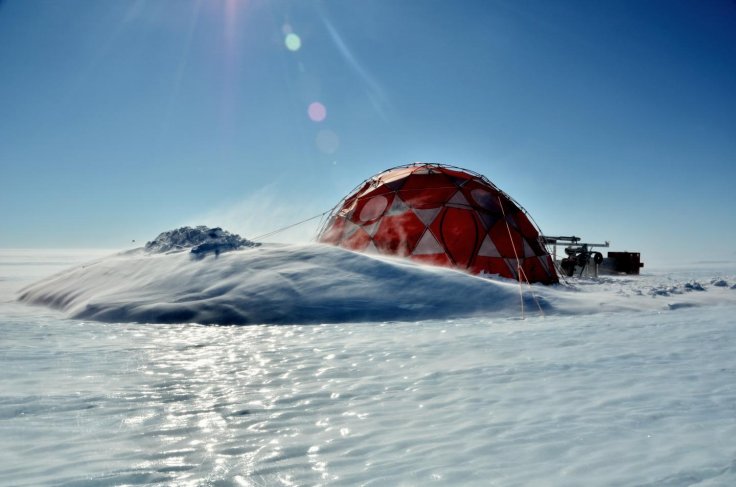A new study, presented at the American Geophysical Union's Fall Meeting in San Francisco, has revealed that scientists have found the deepest point on Earth under the Denman Glacier, in East Antarctica.
In the mapping process, the glaciologists at the University of California, Irvine, discovered that the trough has a depth of 3.5km (11,500ft) below sea level. But, instead of ocean water, the canyon is is filled with ice flowing from the interior of the ice sheet towards the coast. According to reports, the deepest point on 'exposed land' is 413m (1,355ft) below sea level at the shore of the Dead Sea.

Mathieu Morlighem, an associate professor in the Department of Earth System Science at the University of California, Irvine, said that the biggest challenge about the project is that "Antarctica is HUGE! It's bigger than the US and Mexico combined."
Previous Antarctica mapping
Previous Antarctica mapping methods relying on radar soundings had some limitations. An aircraft's wing-mounted radar systems emit a signal that penetrates glaciers and ice sheets and bounces back from the point at which the ice meets solid ground. Glaciologists then interpolate to fill in the areas between the flight tracks, but this has proven to be an incomplete approach to measure the depths of swiftly flowing glaciers.
Alternatively, BedMachine technique used by the team relies on the fundamental physics-based method of mass conservation to find what lies between the radar sounding lines, utilizing highly detailed information on ice flow motion around the varied contours of the bed. This technique helped the research team's conclusion regarding the true depth of the Denman trough.
BedMachine technique
The newly released Antarctica topography map and the related findings were published in the journal Nature Geoscience. "We applied this mapping technique to the entire ice sheet, and we discovered this very deep valley hidden underneath the ice sheet," Morlighem said. "The trenches in the oceans are deeper, but this is the deepest canyon on land."
A new detailed map from "BedMachine Antarctica" shows the layers of bedrock below the ice sheet and reveals ridges and terrains that could impede and accelerate melting glaciers. This methodology has been successfully employed in Greenland in recent years.









